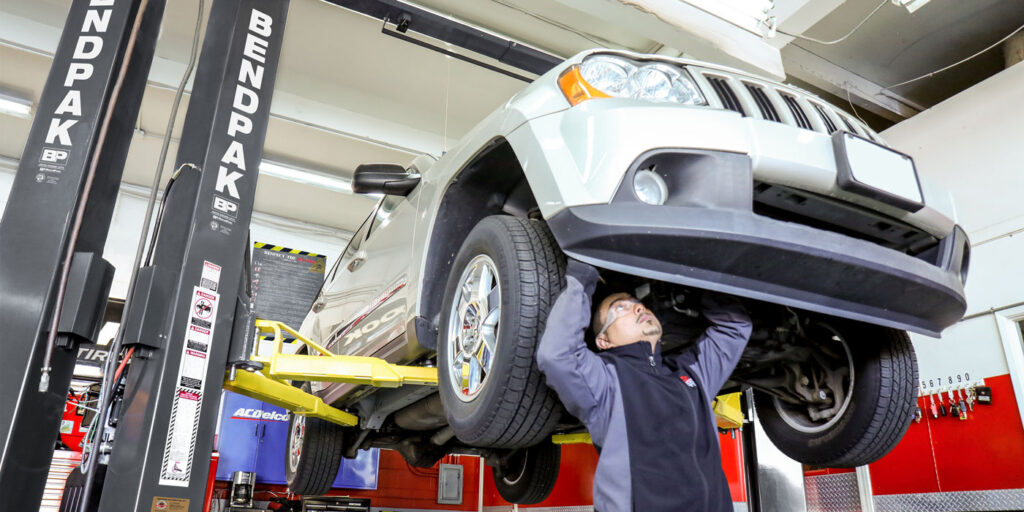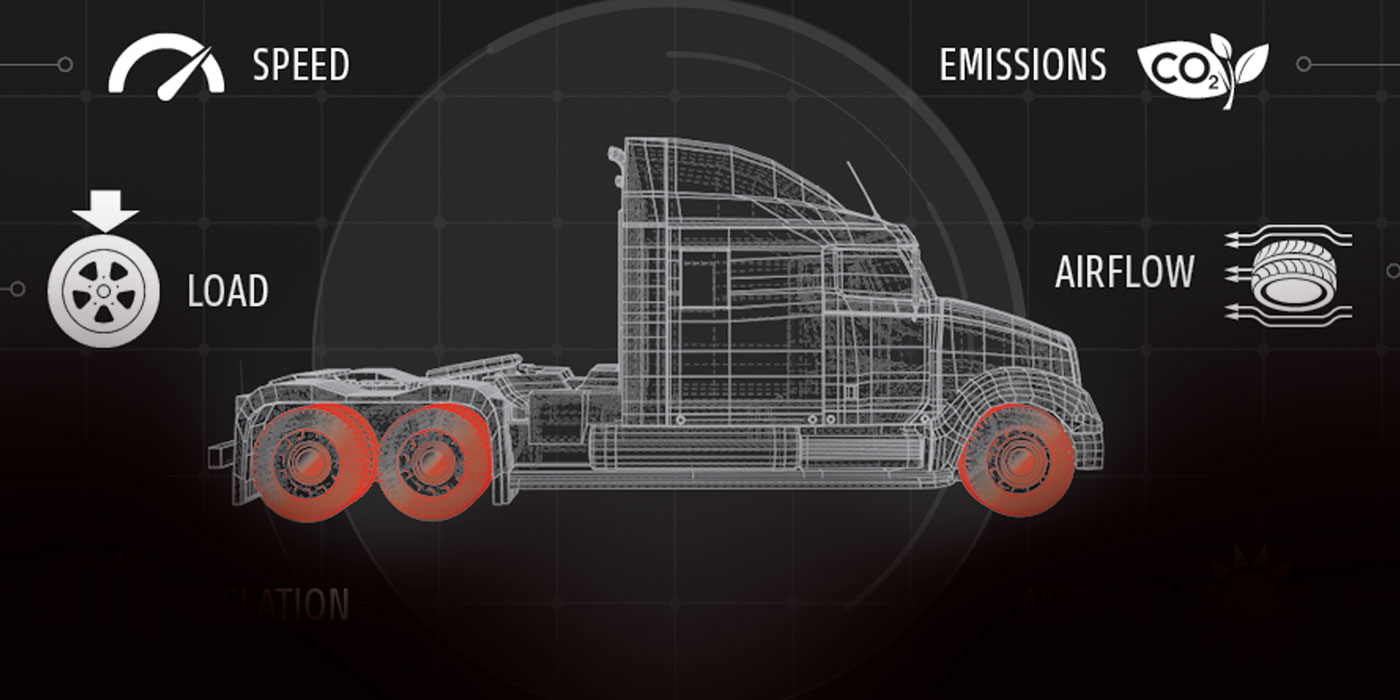Even the most rugged, low-maintenance lifts need attention from time-to-time. Give your lift a once over every day before you use it, checking the safety devices, operating controls, lift arms and all moving parts to make sure everything is functioning properly. Look for breakage, excessive wear or other conditions that may affect its performance. Be sure to check your adapters—it’s critical to your safety that they’re not damaged, missing their rubber pads or excessively worn.
Keep an eye and ear out for any unusual sounds or issues when using your lift. If something doesn’t seem right, stop using the lift until you can get it checked out. Never use a lift if any component is broken or damaged or if you see signs of an oil leak. Call a lift service professional.
Your owner’s manual should lay out the specific maintenance requirements for your lift, but for an overview, here’s the minimum you should do monthly for most two-post and four-post lifts.
Monthly Checklist
- Visually inspect all moving parts and all cables for signs of excessive wear.
- Check all arm adjusting locks to make sure they’re operating properly.
- Check all cable connections, bolts and pins to ensure proper mounting and torque.
- Visually inspect safety locks for proper operation.
- Lubricate posts with grease if required.
- Lubricate locking latch shafts. Push the latch handle/release arm several times for oil to penetrate the pivot points.
- Inspect all anchor bolts and tighten if necessary.
- Check all posts to make sure they are square and plumb.
- Inspect all pivot arm pins to ensure they are properly secure.
- Check cable tension and adjust if necessary.
- If the lift is equipped with an overhead micro-switch, make sure it is operating correctly.
- Check the equalizer cable tension and adjust per the owner’s manual if needed.
- Replace any missing or damaged caution, warning or safety-related decals. You can order new ones from your lift manufacturer.
If cement anchor bolts are loose or any lift component is found to be defective, do not use the lift. Call a qualified lift service professional to repair it. Never put a lift back into operation until all faulty parts have been replaced with genuine OEM replacement parts.
Finally, always keep your lift and its components clean.













